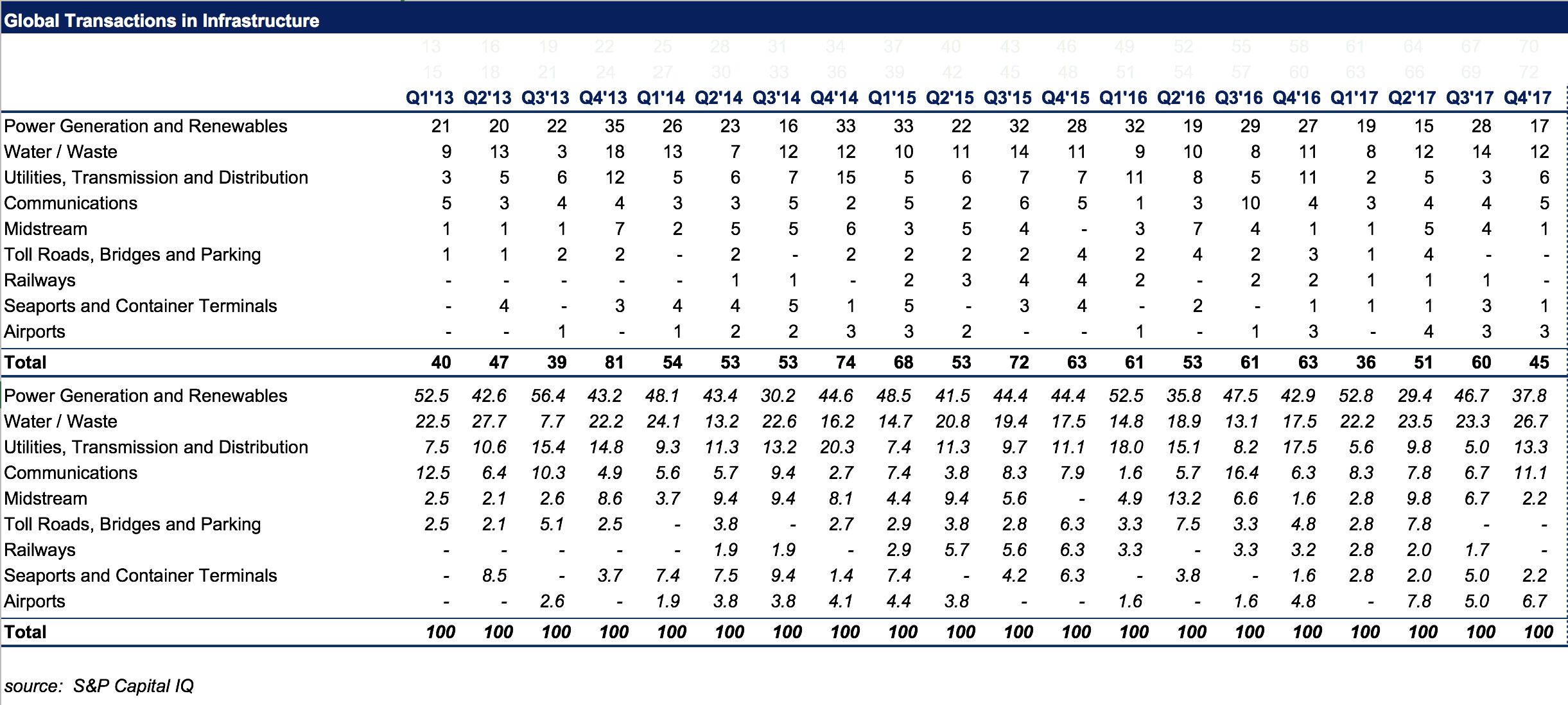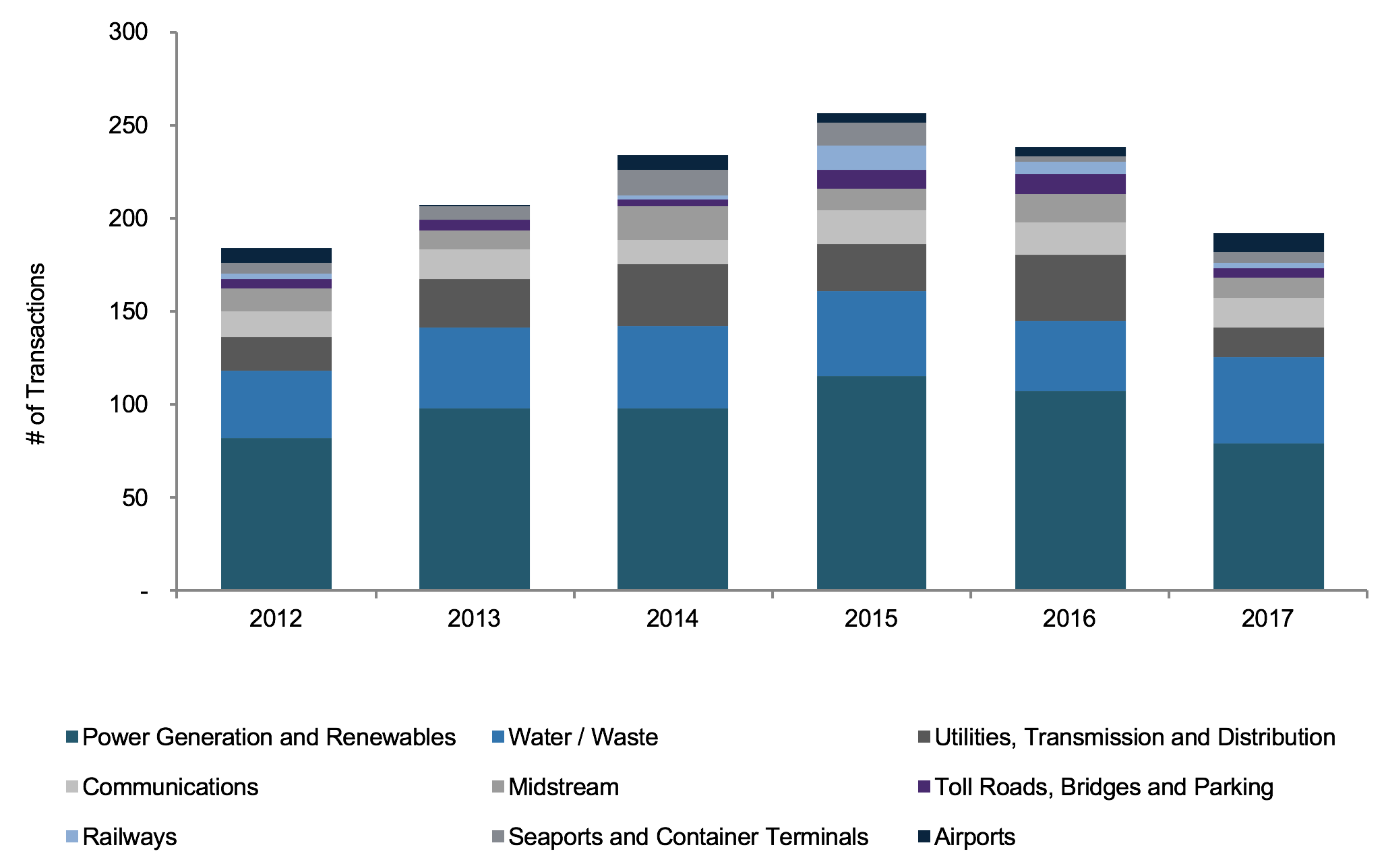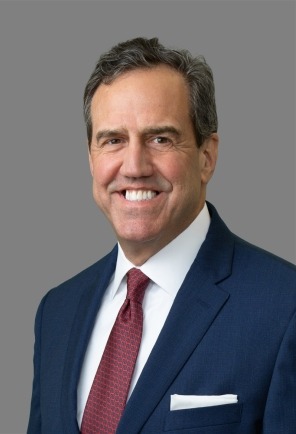What Should We Expect from a Trump Infrastructure Plan?
Prior to the State of the Union address later this month, President Donald Trump plans to release his long-promised infrastructure proposal. By some estimates, the funding gap for deferred infrastructure spend may be as high as $2 trillion by 2025 across all sectors of American infrastructure. The president is expected to release a document of principles, rather than a drafted bill. This edition of Infrastructure Insights will discuss what we can expect in the proposal.
On January 11, 2018, the Problem Solvers Caucus released new infrastructure policy recommendations. The caucus is a bipartisan committee of congressmen and congresswomen who are focused on topics including healthcare, tax reform and infrastructure investment. The Problem Solvers Caucus Infrastructure Working Group released findings that they believe can be used as a foundation for a plan to rebuild the nation’s highways, roads and bridges, pipes and sewers, railways, ports and airports, energy and power grids as well as broadband and communications systems.
In an effort to address the need for new infrastructure and the current backlog of deferred maintenance in the United States, the caucus has provided the following suggestions:
- Incentivize public-private partnerships – The federal government should incentivize public-private partnerships (“P3”) for states. Finding and executing P3 transactions has long been considered the “holy grail” for infrastructure-focused financial investors. However, there have been less completed P3 projects in the United States than expected, despite some recent success stories. P3 projects often are very complicated and involve all parties working in good faith, with well-defined contractual requirements, without causing an adversarial relationship.
- Buy American – The caucus suggested an increased focus on buying materials made in the United States. This probably is not a surprising theme to those paying attention to the Trump administration. Preference for federally funded infrastructure projects would be given to projects sourcing steel, iron and other manufactured goods produced in the United States.
- Rural help – A rural liaison should be designated to help rural communities compete for funding. This would include a liaison within the Department of Transportation, the Environmental Protection Agency, the Department of Housing and Urban Development, the Department of the Interior and the Department of Health and Human Services. The idea is to help protect and assist rural communities to competition for funding and financing.
- Expand tax-advantaged infrastructure financing options – The caucus suggests maintaining the federal tax-exempt status for municipal bonds and private activity bonds. In addition, the caucus suggests an increase in the private activity bond state volume cap for all infrastructure categories.
- Streamline governmental reviews – The caucus points out instances where lengthy or uncertain governmental processes have stifled infrastructure development, such as the Railroad Rehabilitation & Improvement Financing program. Consistent with much of the Trump administration agenda, expect “red tape” cutting and streamlining of processes to deal with governmental agencies.
- Increase funding for roads, bridges and highways – In 2016 there were over 56,000 “structurally deficient” bridges in the United States. The Highway Trust Fund is primarily funded through the federal 18.4 cents per-gallon user fee on gasoline. This charge has not been adjusted since 1993. Because of no increases in the funding mechanism and increased fuel efficiency, the Highway Trust Fund has been running at a deficit since 2008. As part of the funding for any new infrastructure plan, expect the federal tax per-gallon charge to be increased and include an index factor for future years as well.
While the final components of the Trump infrastructure plan are yet to be determined, the infrastructure space already received a huge boost with the tax legislation passed in December 2017. The 2017 tax plan allows for 100 percent expensing of new and “used” equipment acquired after September 27, 2017. The expense percentage drops to 80 percent, 60 percent, 40 percent, 20 percent, zero percent between 2023 and 2027.
We will continue to monitor any proposed infrastructure plans and their impact on our clients. As always, feel free to reach out
to members of our infrastructure teams if you have any questions.


SOURCES:
https://reed.house.gov/uploadedfiles/psc_infrastructure_report.pdf
https://www.politico.com/f/?id=0000015a-3c3f-d614-a5fa-7cbfcfca0002




